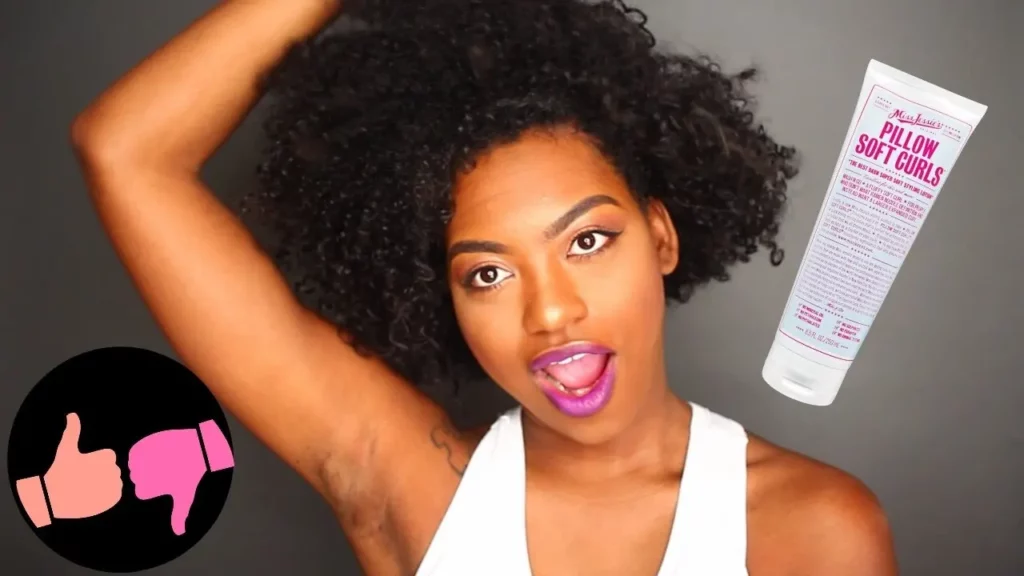
Is Miss Jessie’s Pillow Soft Curls Curly Girl Approved? (CGM)
The Miss Jessie’s Pillow Soft Curls is a product that claims to be “curly girl approved” but it is not. It’s just a marketing ploy to get people to buy the product.
The product does not contain any ingredients that are curly girl approved and therefore cannot be curly girl approved.
Our DevaCurl founder Lorraine Massey created the Curly Girl Method for people with curly hair.
Follow the foolproof curly girl method and learn how to care for your curly hair in order to keep it looking healthy and vibrant.
This guide is a handbook for getting fantastic curls. Details here include stylish techniques and products
Despite the Curly Girl Method being different for people with different hair types, the theory works in a similar way for all.
However, it does not just tell people what to do; it also outlines which products to avoid for certain hair types.
If you don’t follow the instructions properly, then your hair can end up frizzy or looking dull.
Working with just one product that is not Curly Girl approved can break your hair care routine.
The more time & effort you spend on understanding product labels, the more you will be able to identify which ones are Curly Girl approved.
Miss Jessie’s Pillow Soft Curls
Miss Jessie’s Pillow Soft Curls hair gel is a product that perfectly captures its name. It offers you curls that are as soft and light as a pillow, with each strand giving your hair an extra level of moisture.
This product claims to combine fabric care with hair care and promise soft curls that are better than anything else on the market. However, you may want to know for sure that is Miss Jessie’s Pillow Soft Curls Curly Girl approved?
Miss Jessie’s Pillow Soft Curls does not meet the requirements set by the Curly Girl Method and is therefore not approved for use on curly hair. To understand why this is the case, let’s talk about what emollients do.
Emollients
You might have come across the term emollient when reading about skin care products. However, this term is also relevant for hair care glossaries.
Emollients are widely used in skin care to give products a good spreadability, which lets them be thin enough to soften the skin and makes them non-greasy.
For example, in hair care products, emollients help to create a very thin film on the hair that is then soft yet greasy.
If we get a little more specific, oils in hair care products are mainly made up of hydrophobic oils that form a thin layer on the hair. They seal and protect the hair, which is why their importance can’t be overstated.
They work as a lubricant that reduces drag between hair by providing a slippery solution that helps you to brush through those kinks with less hassle.
In addition, Emollients also manage to cut down tangles and make the cuticle surface really flat.
Some emollients can even penetrate the hair to provide a protective layer and improve its strength.
What’s Bad About Emollients?
Most emollients will include ingredients like dimethicone, cyclomethicone and amodimethicone. These are all different types of silicone.
If you’ve been following the Curly Girl Method, then you already know that silicone is a big no-no for natural curls.
Although silicones do provide a lot of great benefits, they can also come with some significant downsides, such as them making your hair feel heavy or drying out your hair over time.
Enter “bad silicone products,” those that act as a non-water-soluble form of the silicone. They may be tempting to use but then end up sticking around and becoming a problem.
These silicones have been known to accumulate on your hair, preventing it from absorbing important nutrients or getting rid of it with a simple wash. A layer will be left on the surface of the strands, which may also restrict their movement.
Silicones have a reputation for weighing down your hair and this can end up making your curls less defined and harder to brush.
Can I Use Silicone in My Hair?
If you want to strictly adhere to the Curly Girl Method, then avoid most types of silicone in hair care products.
One downside to silicone is that while it’s safe in small amounts, overuse could lead to some unpleasant side effects. But with the right type of silicone, moderation is key.
We’ve already established the benefits of using silicone, and it’s quite popular among hair care brands.
There are exceptions to the rule so you need to be aware of silicone and how that effects your hair circumstance.
Curly Girl Method Silicones to Avoid
The Curly Girl Method has a list of silicones to avoid. For this, watch out for the following suffixes when purchasing hair care products: xane, cone, con & dimethicone variants.
All these will be the non-water soluble silicones that tend to become buildup in your hair.
Make sure to pay attention to new names for silicones. You may fall prey to them if you don’t keep up with the list of bad, or problematic, silicones.
Here is a quick rundown of the most common silicones you will find in products and should avoid.
- Aminopropyl triethoxysilane
- Amodimethicone
- Dimethicone
- Behenoxy Dimethicone
- Bis-aminopropyl dimethicone
- silicon
- Dimethiconol
- Trimethylsiloxysilicate
- Trimethylsilylamodimethicone
- dimethicon
What About the Good Silicones?
Now that we’ve gone over the negative aspects of silicones, you might start wondering how there are silicones that are considered safe to use in your hair. Luckily there are some silicones which, while not perfect for your hair, can still be used.
Fortunately, it is much easier to locate silicone ingredients simply by looking for “peg” or “ppg” in the name.
Silicone ingredients that are soluble in water are all quite common. What qualities do you want in a water-soluble silicone ingredient?
Silicone ingredients can get stuck in your hair, but water-soluble substances wash off with just water.
Unlike some silicone ingredients, you don’t need to use harsh conditioners that strip your scalp of important substances such as sebum.
Is There a Miss Jessie Product Alternative That Is Curly Girl Approved?
If you love Miss Jessie but also want to follow the Curly Girl Method, then there are still alternatives for you.
Miss Jessie’s Jelly Soft Curls is a curly hair product that manages to provide some bounce, definition and shine. If you are aiming for softer curls, you can try it.
This product is designed for curly girls and does not contain any of the bad silicones that can leave you with a greasy and dull hair.
This gel dries clear and quickly so you don’t need to worry about getting ready in the morning. It also has a light scent that may be pleasant.
Other Non-Miss Jessie Product That Could Do the Job
If you want to explore some other products you can use with your Curly Girl Method, then Miss Jessie is not the only option for you.
There are plenty of options including the Miss Jessie line that would still align with the right ingredients.
You can try VitalCurl+ Define & Shine Gel-Cream from Ouidad if you’re debating between a gel and/or cream. This product is a gel-cream that helps your curls stay defined and shiny.
This product should be able to maintain your curls’ frizz-free, bouncy, and elasticity.
It also provides a clear and soft look, so there is no worry of any gel residue being visible hours after application
How to Know What Products is Curly Girl Method Approved?
If you are feeling confused about what is and isn’t Curly Girl Method approved, you’re not alone.
There is no fault in this situation, since different interpretations and individual needs of people will prevail.
You can’t see their needs like you can with your own hair, so the best you can do is look for reviews from other people that have curls like yours.
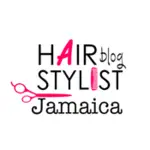



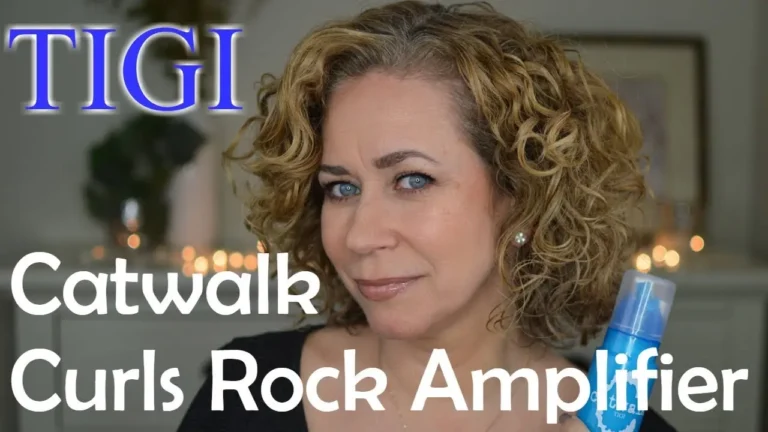
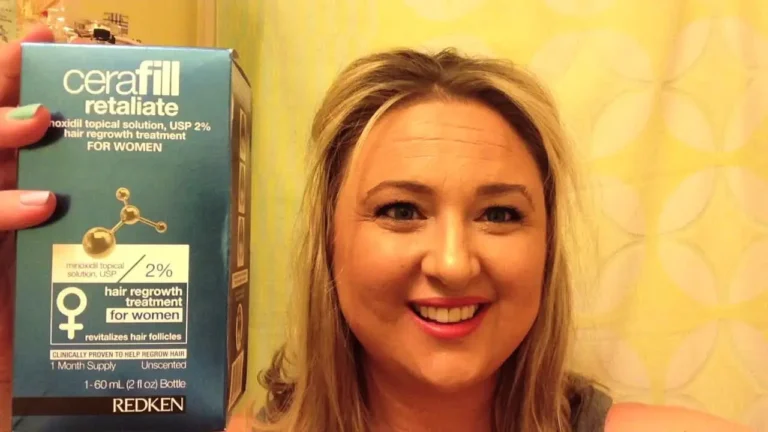
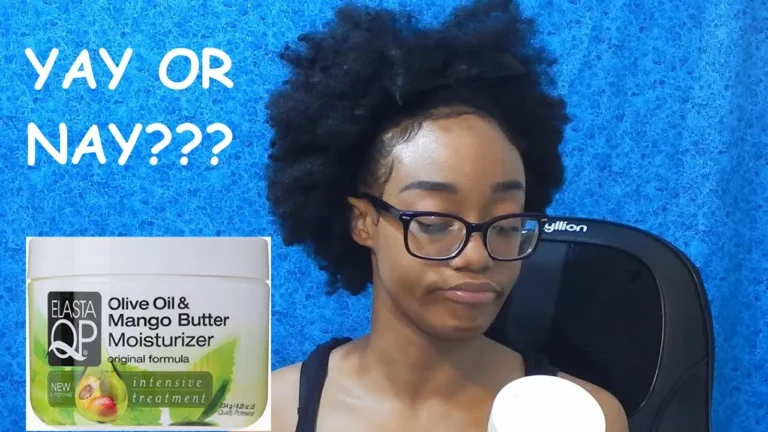

Comments are closed.